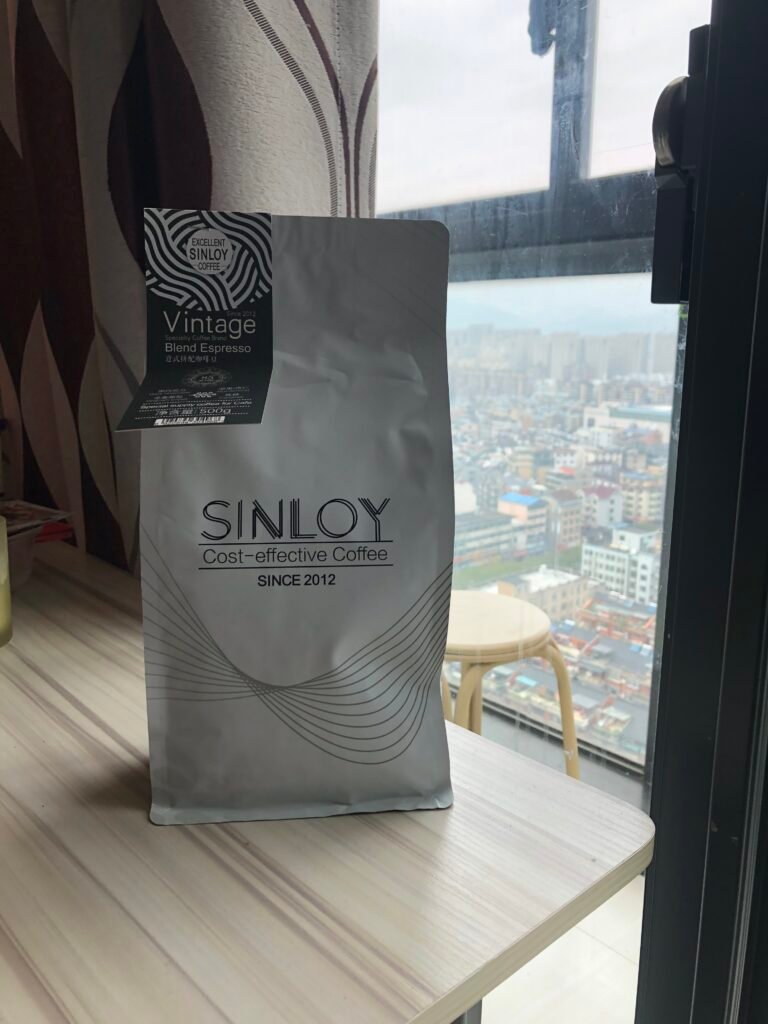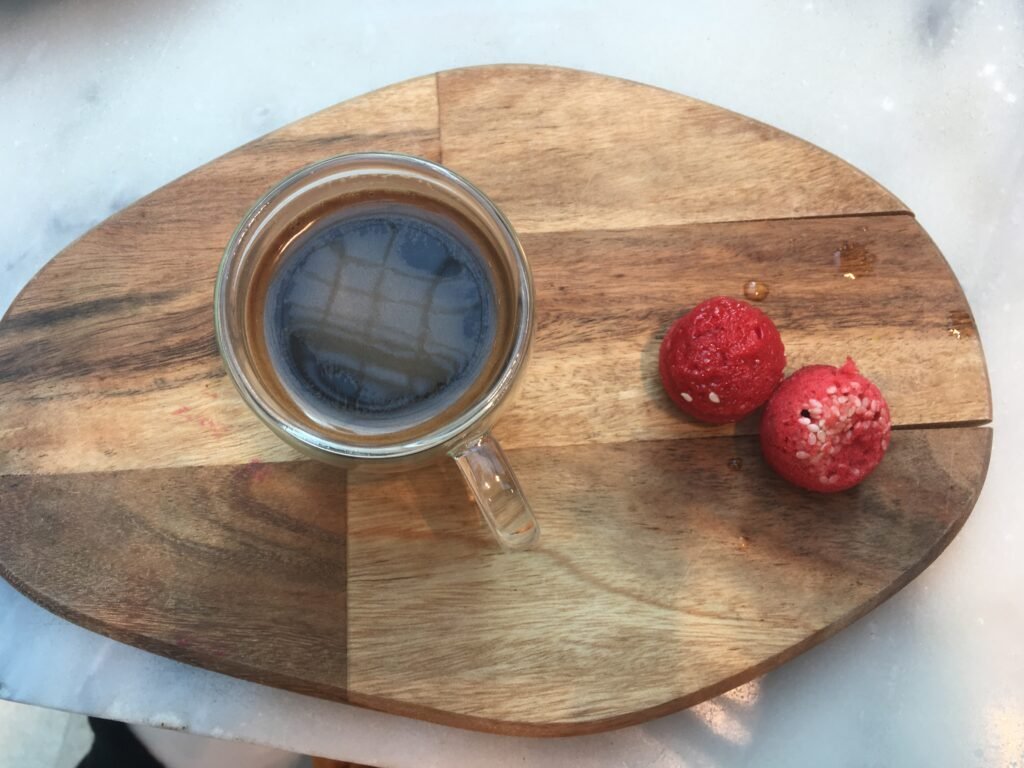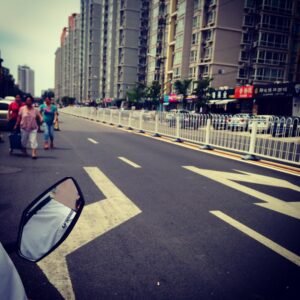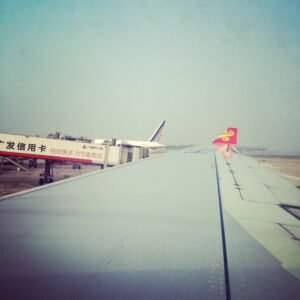
My first foray beyond the borders of the United States was to Russia with a Christian organization over 15 years ago. We landed in Moscow two days after Christmas and were whisked away to a much smaller city. As a university student, this was my first exposure to Russian culture, and thus, it was also the first time I experienced the unusual (to me then) celebration of Christmas on January 7, rather than December 25.
I loved it.
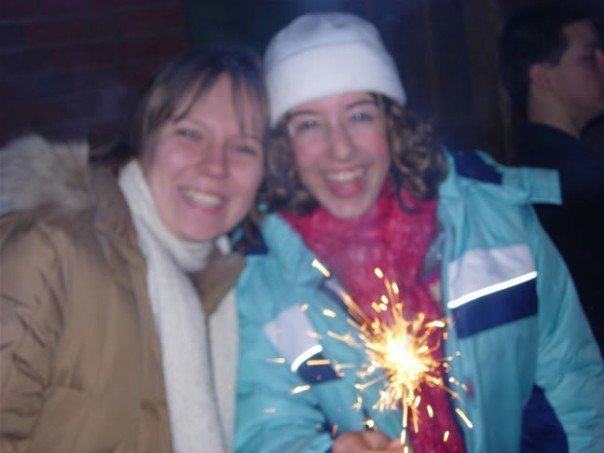
It was fascinating to me to learn that a different culture thousands of miles away celebrated my country’s biggest holiday weeks after we did–and so arrived a new facet of life abroad that makes it so awesome. It’s part of why I love slow travel, and makes spending weeks, months or years in a place–rather than a mere day or two–so satisfying.
Christmas & New Year’s in Thailand, 2011
Next on my timeline was experiencing a Catholic Easter in Buenos Aires, and years later, Christmas in Thailand. Since Christianity is not endemic to countries like Thailand and China like it is in the US, it tends to be more commercial, and I was overwhelmed by masses of people at the gorgeous shopping malls, while also seeing such fun sights as Santa holding Baby Jesus in Bangkok.

New Year’s Eve and Day were my favorite part of the winter holidays in Thailand, and were rung in from Chiang Mai by releasing lanterns into the night sky. The experience is meant to release the regrets and pains of the prior year in order to make room for the new, and it is technically different than the official Lantern Festivals that occur in November in Thailand.
Unfortunately, I didn’t photograph the experience, but it remains one of my favorite New Year’s Eve experiences of all time. Click here and scroll down to “2. Chiang Mai” to learn more.

Holidays & Ramadan in Kuwait, 2018
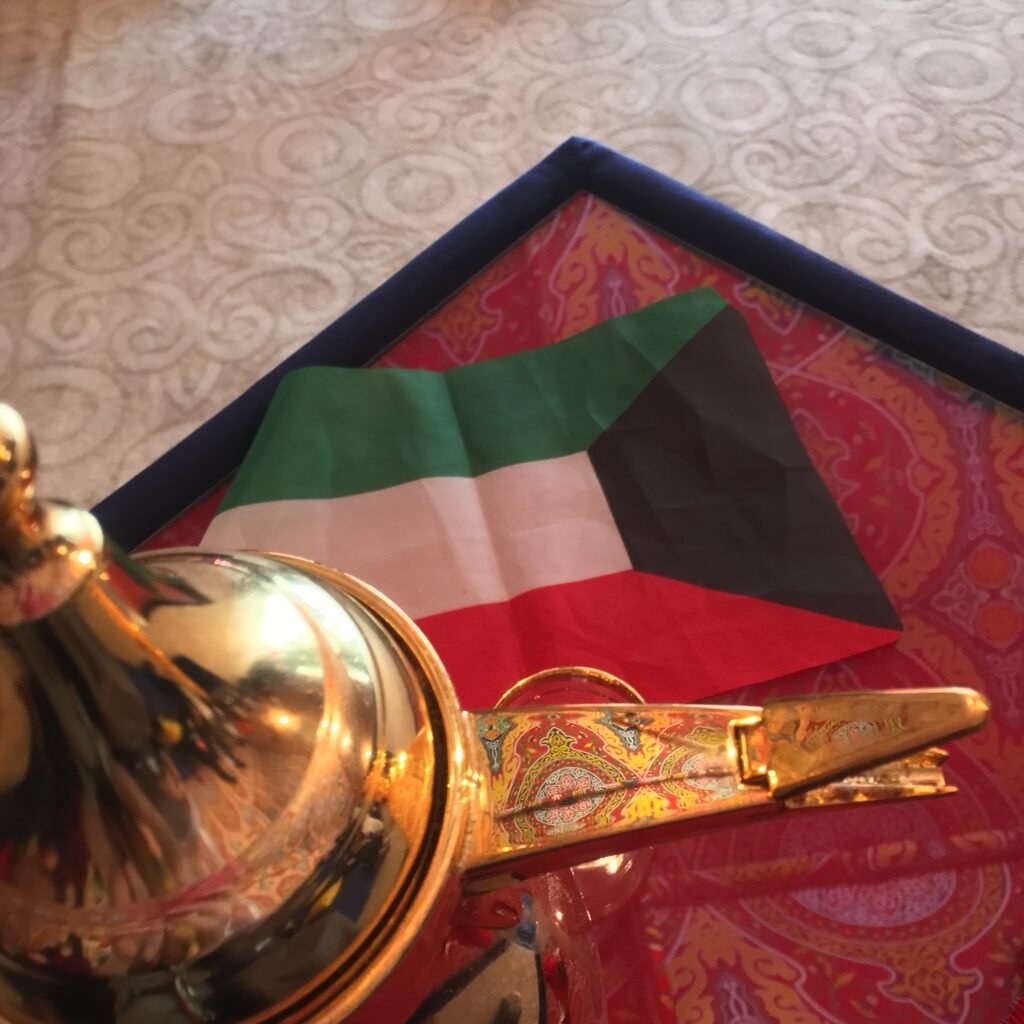
Living in Kuwait also brought the fun of National Day and the beauty of Ramadan and other Muslim holidays, and living by a mosque, waking and sleeping by the calls to prayer. Ramadan, a time in which one had to be careful not to consume water, coffee or food in public (lest you be fined), was especially precious. The temporary discomfort was worth it for the pleasure of seeing how the entire country moved in the same rhythms together. Schools went to half days since most adolescents and adults fasted during the day and then stayed up late into the evenings to feast. Eid al-Fitr, the feast to officially end the holiday and break the fast, is a magnificent end to each year’s month of daytime fasting.

Click here to learn more about Ramadan in Kuwait.
It’s worth noting that Kuwait is stricter about public observance than other nations; in Dubai in the UAE, for example, people were still permitted to eat in public; the city just put up walls around businesses serving food in public out of respect to those fasting when I visited in 2018.
Regardless, I loved living in Kuwait during this strange-to-me time. This experience of a world so unlike my own felt like opening a treasure box and stepping into Wonderland. While Kuwait was not a place I stayed for long, my year there gave me precious insight into the practice of Islam by nations and people around the world, an exposure vital to understanding the world as it is today.
Lunar & Chinese New Year, 2015-2024

What’s the point of all this? Well, even though I first moved to China in 2014, I–like many teachers–was often gone for the Chinese New Year. This went for me in 2015 and 2020, too.
Teachers here only get a day or two off for the Western Christmas Day and New Year’s holiday, but they get 4-5 weeks off of work for the Chinese New Year. As a result, I was out of the country for the event in 2015 and 2020, but I did enjoy the holiday in 2019 from Hangzhou Fuyang, a smaller city west of Hangzhou that is allowed–unlike big cities like Beijing–to set off fireworks as the years change.
Unfortunately, that year, the smog was so bad that I couldn’t get a clear photo of the fireworks! Regardless, it was a calm evening compared to the festivities going on now.
Side note: many people are under the decades-old impression that Beijing is still choked with smog throughout the year. In fact, since 2013, pollution in Beijing has steadily decreased as factories have been moved south1–tracking with the smog in Fuyang, where I lived for over three years. Surprisingly, I’ve experienced far fewer days over 200 ppm since moving back to Beijing in early 2022. To see more about how this happened, click here, here or here; or, if you love data, go here to read the University of Birmingham’s official report.
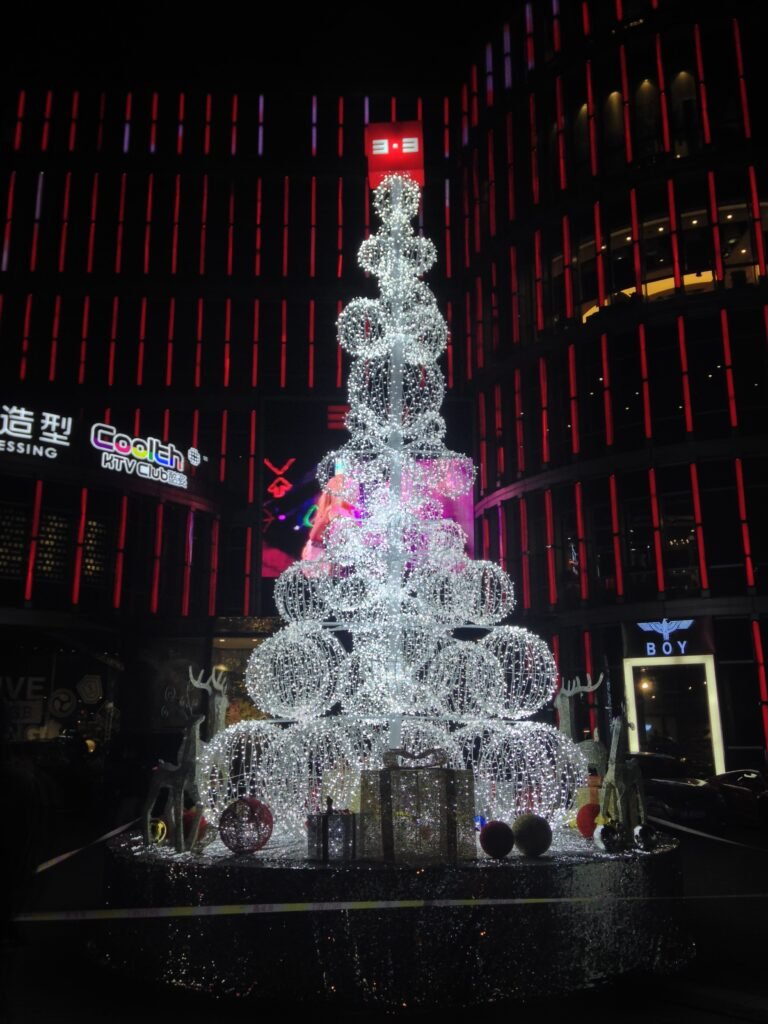
The first year I lived here, from 2014-2015, was one of the worst on record. Glad it’s changed!
In years since 2019, of course, COVID kept us from having any big parties (I was out of the country for the ill-advised celebrations in January 2020). Last year, in early 2023, half the city was still suffering from COVID, so celebrations were relatively subdued. It wasn’t until the spring that the tourist attractions near my hutong siheyuan suddenly sprang to life, so this year feels like a reawakening of sorts.

While you can watch and learn more about Beijing’s (Chinese) New Year celebrations from this article in The Beijinger or popular Instagrammers like Rachel Meets China, I’m staying home on the actual day. As a “slow lazy adventurer,” what I enjoy most is physically residing in a city while these things happen. Rather than rushing into Beijing a day or two before, I’ve had weeks to take walks with “Felix the Furry Adventurer” around my neighborhood, which happens to be near a few “tourist attractions.”

By living here, I can appreciate the lanterns hung from the trees and lampposts and see my street transformed into a glittering landscape at night and a crowd-controlled venue during the day (though I won’t be showing things closest to me for safety purposes). I can order Coke Zero from Meituan like I always do and admire the colorful dragon curved around the 330 ml cans, which are taller and thinner here than in the US–and I can even set aside a six-pack to take back with me for family, without having to rush to buy a dozen gifts in the precious few days I have allotted to this spot.
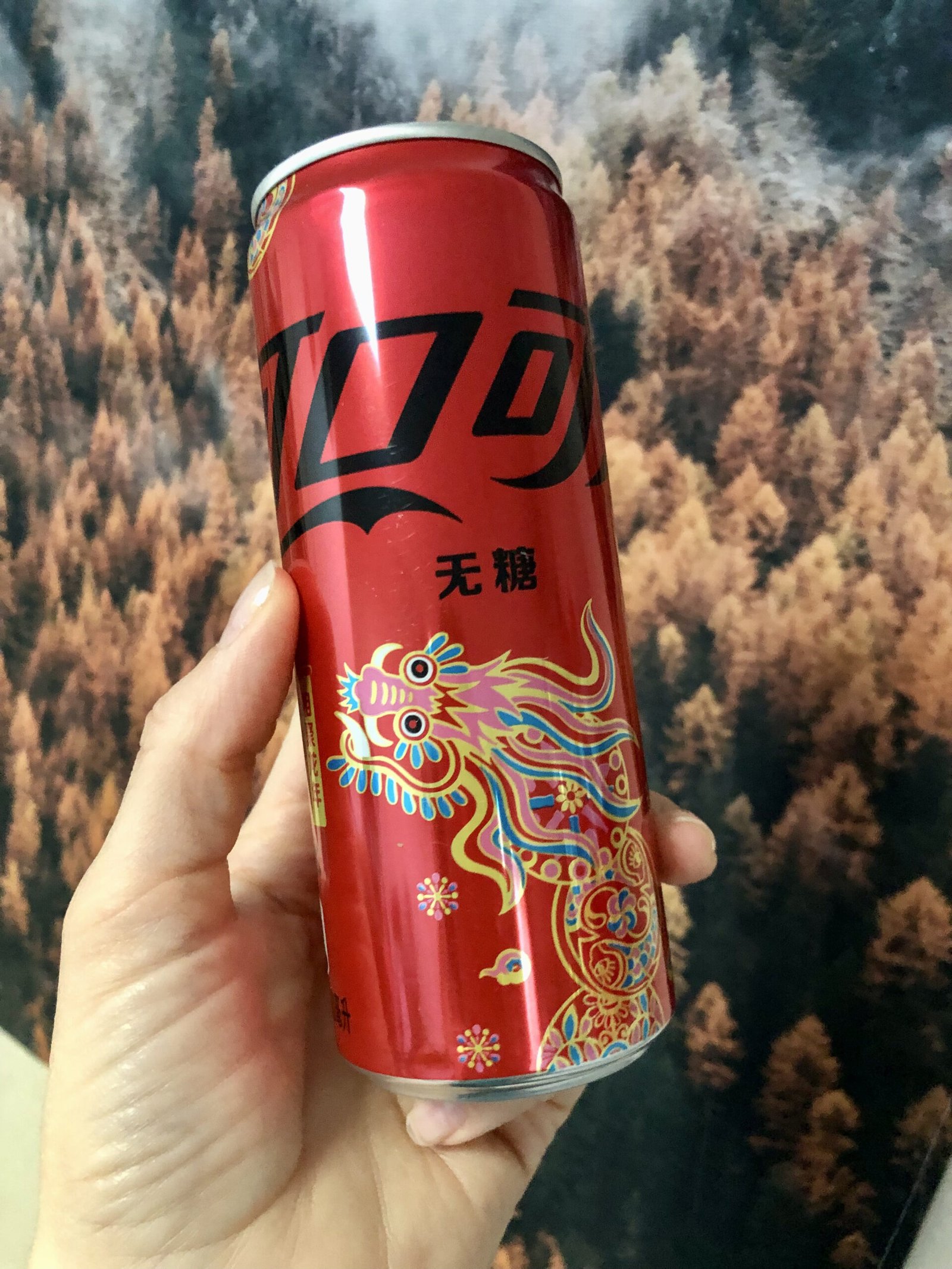
Since I choose to live in a smaller place in the center of the city, that is easy to do. It’s the equivalent size of a tiny home, but it’s big enough for Felix and me. Today, I ordered dumplings after a Chinese friend reminded me to do so2, wished others “Xinnian Kuaile!” (Happy New Year!) on my WeChat Moments, and enjoyed an onslaught of well wishes from groups as disparate as work colleagues, the woman who cleaned and organized the trash in my old neighborhood, and dear friends.
I got to attend a meeting at work and a cultural event this week and to feel the giddy excitement that we all had as we anticipated these precious days off. It’s a feeling that I treasure, and that (to be honest) teaching here was a bit different from–not better or worse, just different.
Since our vacations always coincided with Chinese holidays, I was often gone for the largest of them. But this year, in a new year where we take few days off overall–but escape the dreaded makeup days required of Chinese companies and schools–it feels good to be here, in the thick of it, with nowhere to run to and no reason to stress. I’ll do more fun things “out and about,” but today reminds me of why I love living in–and not just dropping, dashing about and hastily leaving–a country.

As someone who despises traveling at the same time as hundreds of millions of people, it had become a habit not to travel over these national holidays even when I was teaching, but this is my first experience in my new role as an “English language consultant” for a Western non-profit that requires work year-round, gives you just the official days off (as opposed to weeks at a time) and allows you to choose when to fly off and vacation on your own time–which I did, last month, to South Korea. It was fun to be in a country that has a Christian presence for a holiday with its origins in that religion, and it was also cheaper than traveling now. I look forward to doing this again this summer, when I will leave for my trip to the US a week before Chinese schools let out, and save hundreds of dollars in the process.

Staying in place for big holidays and living in a country is part of how I embrace “slow travel.” It’s not everyone’s style–or privilege, perhaps, as there is a lot of that at play here, being a single woman who can live, work and travel where and when I choose–but it’s mine. And on days like this, imbibing local treats as well as a dragon-festooned Raspberry Mocha from Starbucks, I feel deeply, profoundly grateful for my life.

🗞️ Want notified about future posts? Click here to sign up for notifications, and receive a Quick Reference Guide to China free, too!
- When I left in August 2015, I was told that part of how Beijing planned to improve its air quality was to move factories and pollution-producing enterprises farther south and west, away from the capital, which tracks with my experience. Living in Hangzhou Fuyang, a southeastern city near Shanghai, I had far fewer sunny days than here–especially in the winter (not that Beijing is such a sunny place right now, but it has good days and bad). That said, I wasn’t able to find any articles that confirmed this point, so I focused on Beijing for this entry. ↩︎
- While it’s less common in the southern part of China, northerners often eat dumplings to celebrate the day. ↩︎



